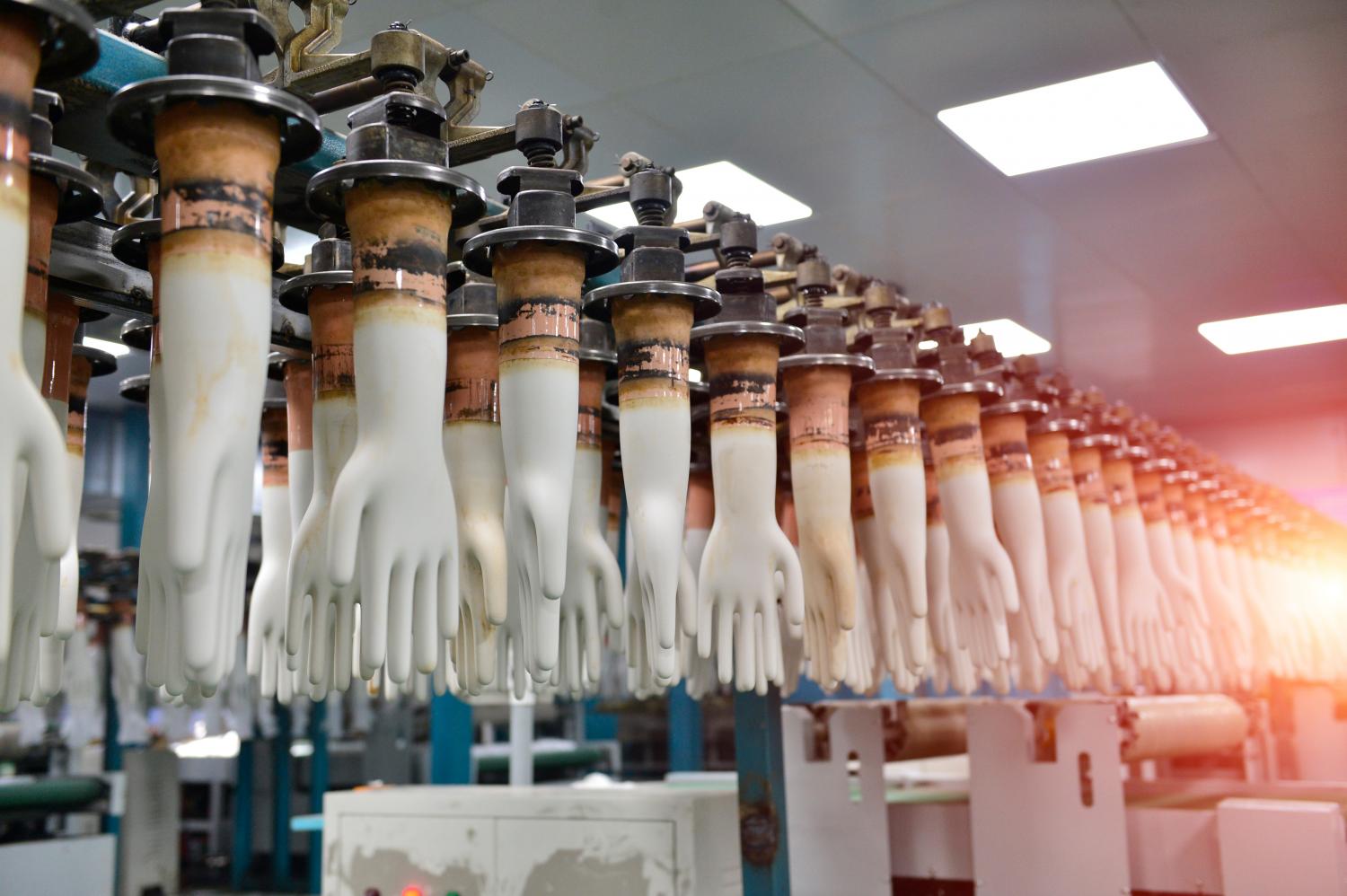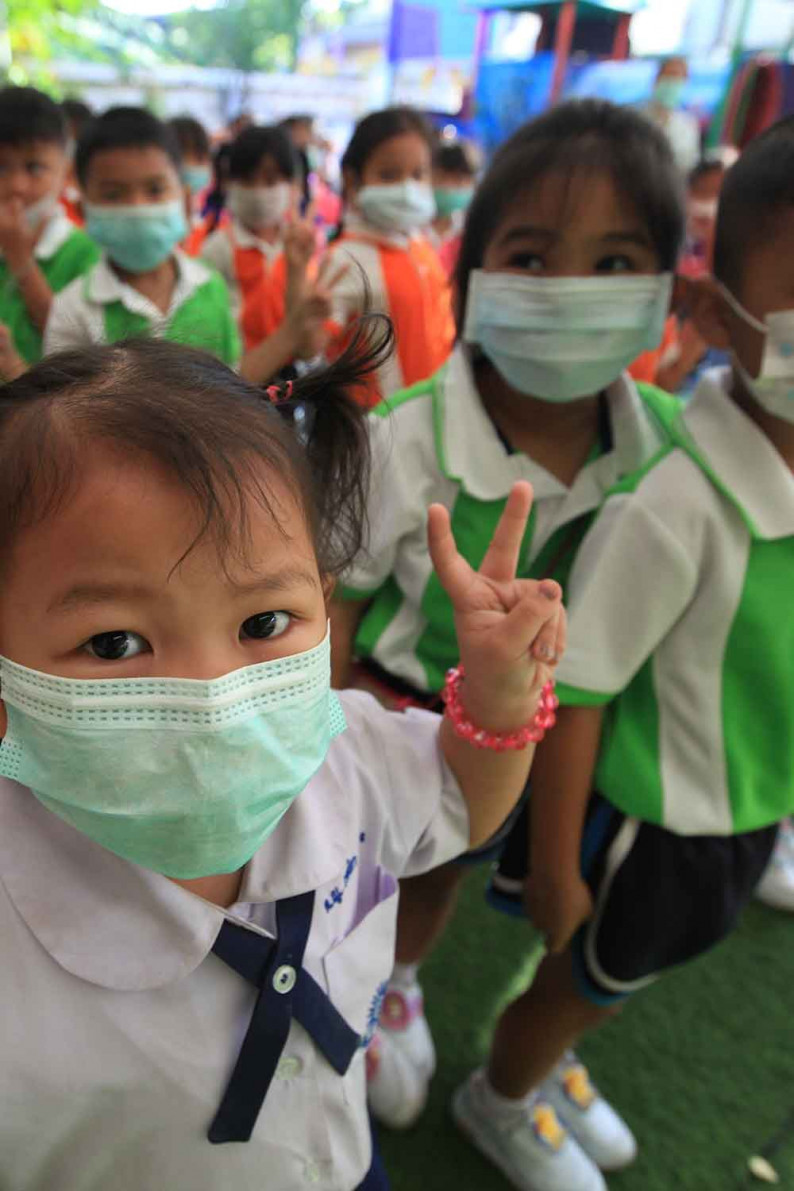
Manufacturers of medical gloves made from rubber latex can expect a continued decline in exports this year, following the easing of Covid-19 infections and a ban on gloves made from natural rubber by some countries, says the Office of Industrial Economics (OIE).
The ban resulted from allergies to natural rubber.
"Glove exports decreased significantly since last year. Thailand, Indonesia and Malaysia were all affected," said Warawan Chitaroon, director-general of the OIE.
She said Thai medical glove makers should adjust to the change and seek new markets to export their projects.
The US is a major market for medical glove exports, but it banned the import of products made from natural rubber latex.
Bans were also passed in some parts of Europe and the Middle East.
China, Japan and South Korea were Thailand's main customers in 2021, according to the Commerce Ministry.
Thailand, Malaysia and Indonesia are three of the top nations in the world for rubber plantation because of the suitable climate in the region for rubber trees.
When the pandemic spread around the globe in 2020, demand for medical gloves soared as many countries needed them to provide healthcare services.
The production capacity of medical gloves in Thailand totalled 60-70 billion pieces a year during the pandemic.
According to the OIE, rubber products are one sector where manufacturing has decreased over the past 10 months. Others include hard disk drives, plastic beads, steel and iron, as well as garments and textiles.
"The declines in these industries were among the factors that caused a drop in the Manufacturing Production Index (MPI) in April," said Mrs Warawan.
The April MPI plunged 8.14% year-on-year to 83.5 points, the seventh consecutive decline since October last year and the lowest in 34 months.
Other factors included an export slowdown as purchase orders waned, as well as the Songkran holidays when factories closed to celebrate the festival.
Capacity utilisation in April was 53.8%, down from 66% in March.
The OIE previously projected the MPI to be tepid for the whole year, with growth of only 0-1% because of a combination of business obstacles domestically and overseas.
Risk factors include banking problems in the US, which affected new orders of goods from Thailand, expensive electricity bills and higher interest rates.
